

Here it is! November has arrived, a special time for planting.
We’re now entering a special time of rest for all the plants in the garden, balcony and terrace.
Although November is when days grow short most drastically and dull rain and weather settle in, it still is a fascinating time for the garden because it is when the following spring is prepared.
Take out your spade, rake, planter and other gardening tools, your garden requires your presence this coming November!
<!–silent
–>
“Everything takes root when summer gets the boot”
This quirky saying shows that the best season to plant roses, trees and shrubs is fall.
If you plant during the month of November, you’ll be enabling root development before the first winter frost spells.
This will help your plants burst back to life much faster in spring and the blooming will be all the more beautiful.
Follow our advice on how to plant:
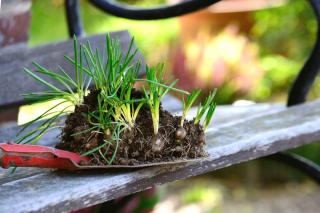
Tulip, hyacinth, snowdrop and crocus must be planted to the ground within the month.
For greater ease, use a bulb planter.
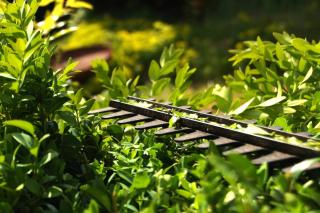
Only prune when you’re certain it isn’t going to freeze soon.
For conifers, only prune if the mild weather permits.
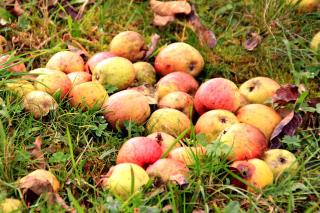
Detach any remaining fruit that are still on the tree, especially if they look rotten because they possibly are infected with rotting fruit disease.
At the end of the month, you can start pruning apple and pear trees. November is also the time to start planting them.
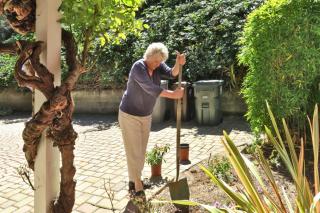
Divide perennials and replant them immediately.
Bring bulbs indoors for balisier, gladiolus, and dahlias, and store them in a dark place. You’ll replant them in the following spring.
If winter is rather mild in your area, you can leave them in the ground as long as you cover them with mulch.
Bring dahlia bulbs indoors at the end of November and store them with the other bulbs for the winter.
Continue planting pansies, violets and bergenia: they will decorate your garden, garden boxes and pots over winter.
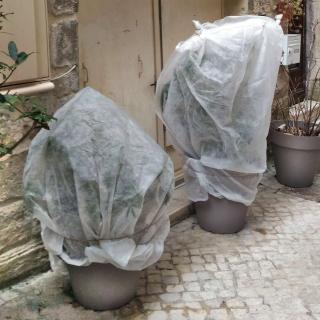
Protect the plants that are most vulnerable to the cold with winterizing fleece, and if needed wrap a cover around the pot base.
Decorate your garden boxes with fall and winter-blooming plants like pansy, violet and bergenia.
When all the leaves have fallen from the trees, go for one last pass of the lawn mower, leaving the grass quite high. This makes it easy to clean the lawn up.
If not, simply rake the leaves up; don’t leave them in place because they might bear fungal diseases that would overwinter in your garden…
With a sharp spade, mark the edges along flower beds, this will make it look much neater during the entire winter.
If you’re planning to renovate your lawn in spring, rototill the entire lawn before winter but don’t press the soil down. This will let the soil breathe, and you can roam around at times during winter to remove roots and rocks that will appear as frost does its work.
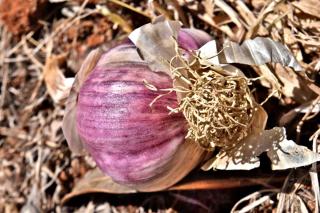
Harvest the last autumn vegetables and make space for winter root vegetables.
Start turning the soil over so that the ground can breathe during the winter.
Plant garlic and shallot in light soil. If the soil is heavy, mix sand into it.
<!–silent
–>
Take a step back and admire your garden, your terrace or balcony: it’s ready for the winter!
Spring will make it look even more beautiful! Have fun gardening!